Holiday in Nowa Huta
Cracovians, these days, associate the communist-era workers’ housing project of Nowa Huta with a touch of nostalgia and maybe a grimace or two as they remember what it felt like to breathe in all the soot from the steel mills that were purpose-built there and for which the old regime was so proud.
I too have a soft spot for those Socialist-Realist workers’ estates built in the 1950s all around Eastern Europe. It’s not that I would ever want to live in one myself or even think these kinds of mass housing projects are necessarily good, but I do appreciate the effort at the time to provide working people with decent, even grand, places to live.
The 1950s was a pivotal decade in the Eastern bloc in terms of architectural styles. In Nowa Huta, the first housing blocks were built in the early part of the decade in Socialist-Realist style. Socialist-Realism -- sometimes called "Stalinist" style -- was essentially an import from Moscow. To visualize it, think of Moscow’s haunting skyscrapers, the "Seven Sisters," or the Palace of Culture and Science in Warsaw. The idea was to build grand, formal edifices that would project the power of communist ideology.
The earliest buildings in Nowa Huta certainly do show a distinctive, grandiose style and were solidly built from brick and block. A hint of that grandiosity remains visible to this day. Around the midpoint of the 1950s, the whole Socialist-Realist thing ran out of steam. Stalin died in 1953 and by the end of the decade, advances in construction technology made it cheaper to build from pre-fab concrete panels. Soon after that, mass housing projects in Poland (and throughout Eastern Europe) adopted the same grim, featureless face, and the party (metaphorically speaking) was over.
I had very little idea of any of this on my first trip to Kraków in August 1984. I was visiting my friend and roommate at the time, Matt, who was spending the summer in Kraków to study Polish at Jagiellonian University. I wrote about that trip -- and a subsequent visit to Prague -- in an earlier post: The Case of the Missing Roommate. Although I'd come specifically to visit Matt, he was preoccupied with school on most days, and I had a lot of time to wander around on my own.
I had to arrange my own accommodation on that trip, so the first place I went was to the “Almatur” student-travel agency to find a room. Even back then, Kraków was highly popular with Polish tourists, and booking a hotel was next to impossible. I had the good fortune, though, of meeting a Polish student at the agency, Bożena, who kindly offered me the sofa in her family’s apartment. The only catch was that it wasn’t actually in Kraków, but rather in "Nowa Huta," about 5km outside of the center. I had no other option, so I enthusiastically accepted.
During the week or so I was Kraków, I remember distinctly spending what felt like hours lurching here and there on the tram as it made its long run from Nowa Huta to somewhere near Kraków’s main square and back. The tram doors were especially unforgiving back then, and the last thing you wanted was to get caught between them as they slammed closed.
Negotiating the imposing city-scape of Nowa Huta, built around massive, nearly identical housing blocks (an osiedle in Polish, usually shortened to "Os"), was no mean feat. Each of the blocks comprised as many as a dozen different buildings, all arranged around a hidden courtyard and accessible only through arched entryways. Simply finding the specific estate, “Os. Stalowe,” where Bożena’s apartment was located, presented a challenge. And then came the daunting task of actually finding the flat.
I remember the apartment being much larger and more comfortable then you’d expect, given the dire straights of Poland’s economy at the time. Indeed, the shops and coffee places scattered around Nowa Huta, where Bożena and I would occasionally go for tea or cake, seemed to be relatively well-stocked -- at least compared to the stores around Kraków’s main square (where the shelves always looked distressingly empty).
That was no accident, of course. The story going around at the time -- and probably true -- was that the government was punishing “bourgeois” Kraków by treating its workers out in Nowa Huta relatively better.
My memory of that stay is pretty foggy, but I do remember the warm welcome Bożena’s family gave me and how comfortable that sofa proved to be. One memory, though, I’ll never forget (like anyone else, I suppose, who spent any time in Nowa Huta back then) was that first sensation on waking in the morning: an unmissable sting in the nostrils as the fumes from the nearby steel mills seeped in through the walls and windows.
The Evolution of Kazimierz
The Kraków quarter of Kazimierz is best known as the city’s Jewish district, and the area served as the center of Jewish life from the mid-16th century until World War II. It was also an important center of Catholicism, and the two religions co-existed -- sometimes peacefully, sometimes not -- for centuries. Kazimierz was not the Nazi-built, wartime ghetto seared into the public consciousness by the film “Schindler’s List” (that was across the river in the district of Podgórze). Instead, it was where Jews had actually lived. Kazimierz was “liquidated” by the Nazis in 1941 and the remaining Jewish population (around 16,000) forcibly relocated to the ghetto in Podgórze. The vast majority of Kraków’s Jews did not survive World War II.
The decades between the war and the fall of communism in 1989 were depressing ones for Kazimierz. The war had left the area depopulated, and redevelopment was not a priority for Poland’s Communist government. By the time democracy was finally restored in 1989, Kazimierz was a slum -- filled with abandoned buildings and home to Kraków’s poorest residents, Roma, and the homeless. It’s no stretch to say it took the arrival of Steven Spielberg and the Schindler's List film crew in the early 1990s to spark the public imagination for what the area could be.
It was highly gratifying, then, to return to Kazimierz in the late-90s and 2000s to see the district turn a corner and evolve into the popular tourist draw and nightspot it is today. It’s easily my favorite part of the city and the place where I feel most comfortable. That said, I have to admit that visits here also evoke mixed feelings and raise difficult issues concerning the balance between historic preservation and economic development.
Practically from the moment Schindler’s List won the Oscar for Best Picture in 1994, Kazimierz has been on a non-stop development tear. In the early decades of this expansion, the cheap land and abandoned buildings allowed a more-conventional Kraków -- locked behind the walls of the pristine Old Town -- to let its collective hair down. In Kazimierz, Kraków could unleash its funkier, harder-edged urban side. That led to an explosion in clubs, bars and restaurants -- in fact, a whole new quarter to rival the Old Town in visitor and local appeal.
Since the 1990s, there’s also been a strong revival of Jewish life in the city -- more in a touristy rather than authentic sense, but still a net positive from the decades immediately before. Hundreds of visitors from all around the world pour into Kazimierz each day to learn about the area’s Jewish heritage, visit the surviving synagogues, eat in a “Fiddler on the Roof”-inspired Jewish restaurant, and even pay a visit to Oskar Schindler’s old enamel works across the river in Podgórze (now a high-tech museum dedicated to life in Kraków during the Nazi occupation).
This renewal of Jewish culture, too, has been liberating for Kraków, allowing a space for the city to re-express and even celebrate its Jewish heritage, such as at Kazimierz's annual Jewish Cultural Festival. Poland, if anything, needs more of these “safe spaces,” where Poles of all ages can learn about their country’s complex past, and the descendants of persecuted Jews can revisit their ancestral homeland.
That’s all to the good, but as the city continues to grow and prosper, I wonder where it’s all heading. Rents in Kazimierz are rising, and already that first generation of funky bars and boutiques -- places like Alchemia and Mleczarnia that drew aesthetically from the quarter’s Jewish heritage and first lured Cracovians back to the area -- seem to be feeling the squeeze. Some places are closing, while others are losing that unique feel that connected them historically to the neighborhood.
My bigger fear is that someday soon what feels like a quaint debate over historic preservation vs gentrification will get totally upended by the rush to full-scale redevelopment. On one of the first days of this current research trip, I took a long hike through the open fields across the river from Kazimierz that once held the Nazi-run Płaszów labor and concentration camp. I just happened to post a photo of those forlorn fields to my Instagram account, and one of my followers there responded by saying the area may soon be redeveloped into high-rise condo residences.
That one felt like a blow to the stomach. I know Kraków’s economy is expanding and there’s no over-riding reason why an empty field should lie fallow forever simply because it was once used all those years ago by the Nazis for some nefarious misdeeds. At the same time, it’s fair to ask what will happen when all those condos that are inevitably on the way succeed in blotting out all of our collective memories.
*Here's a link to the Lonely Planet book I am updating on this trip. New edition due out by the end of the year.
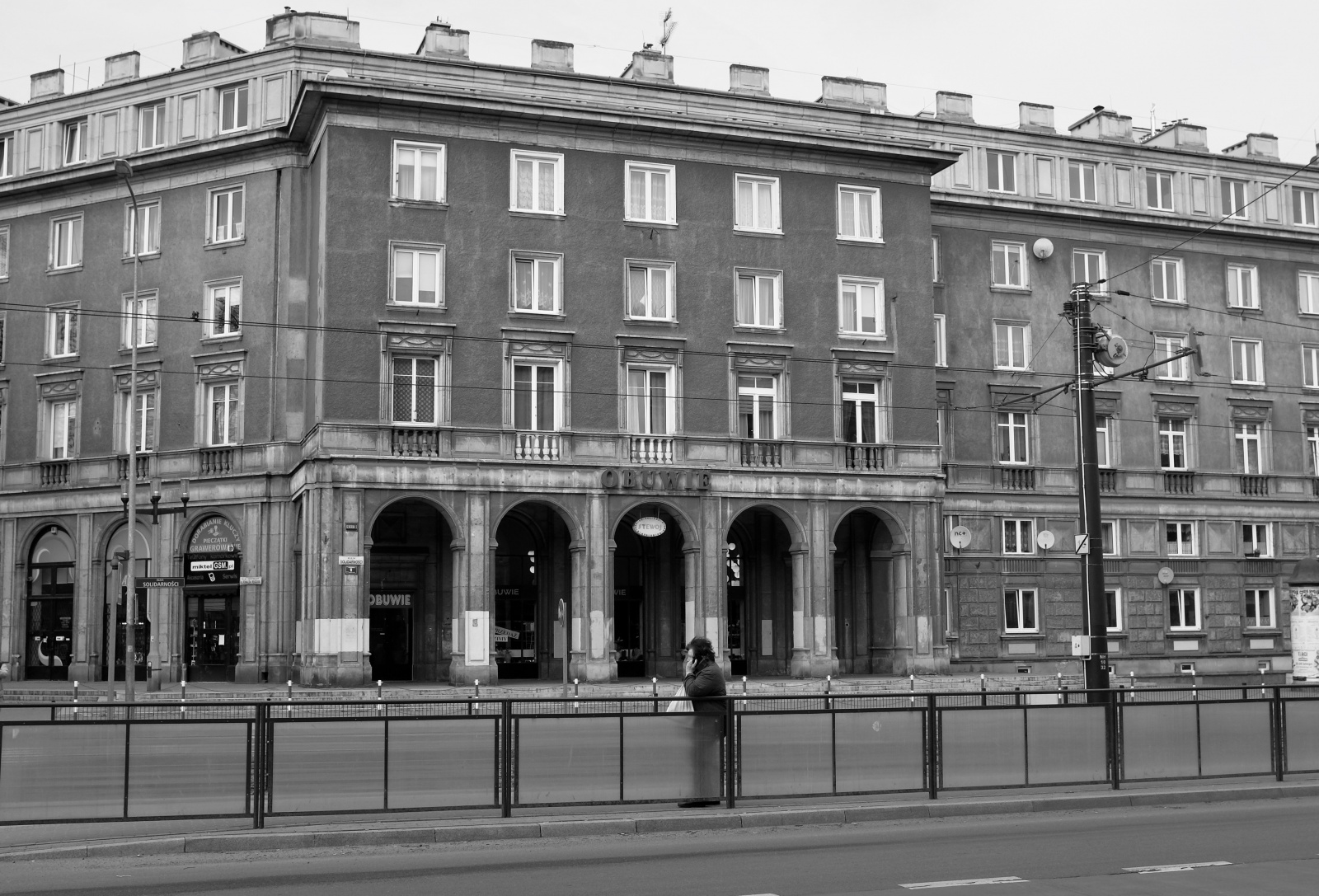
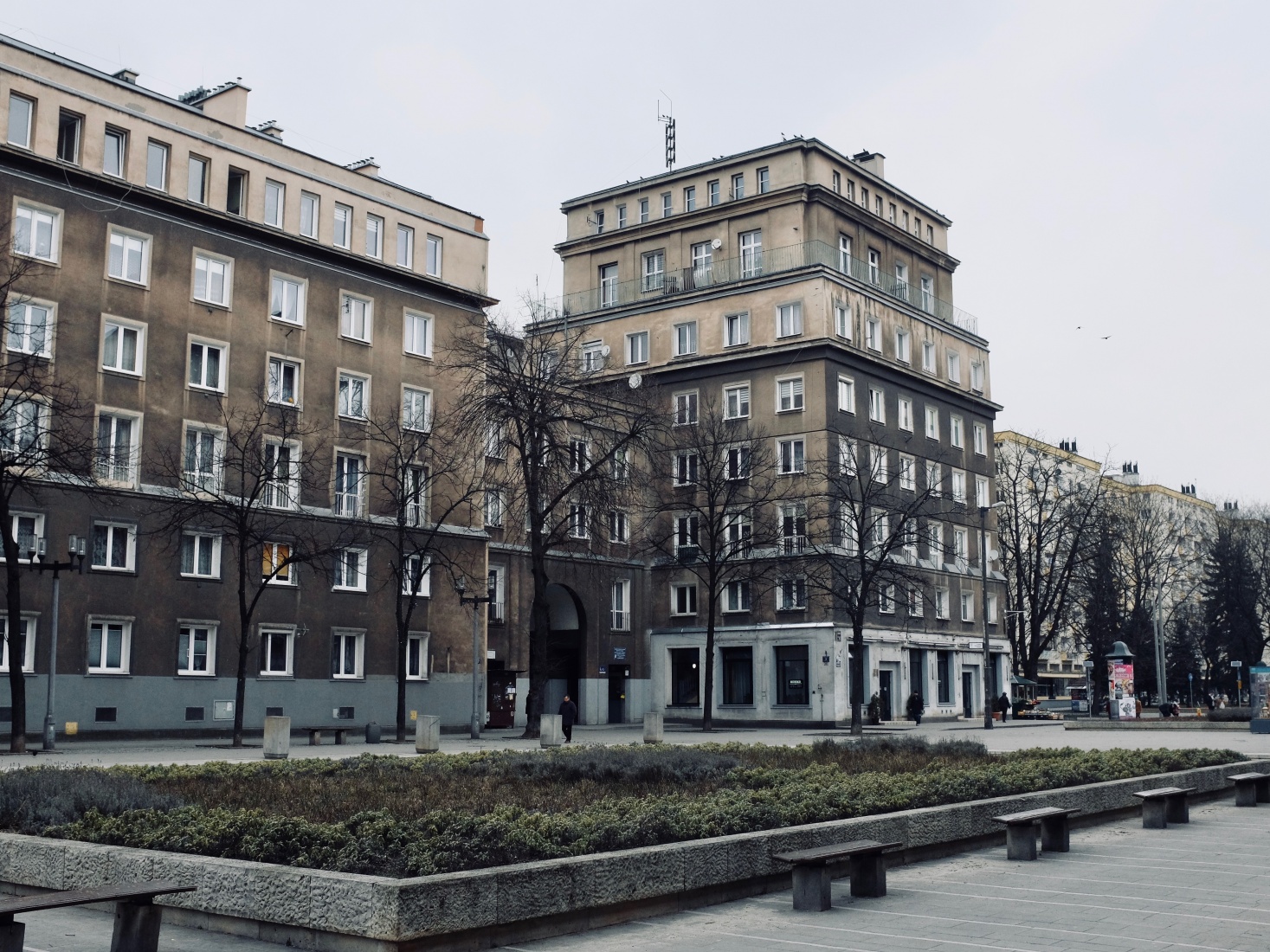
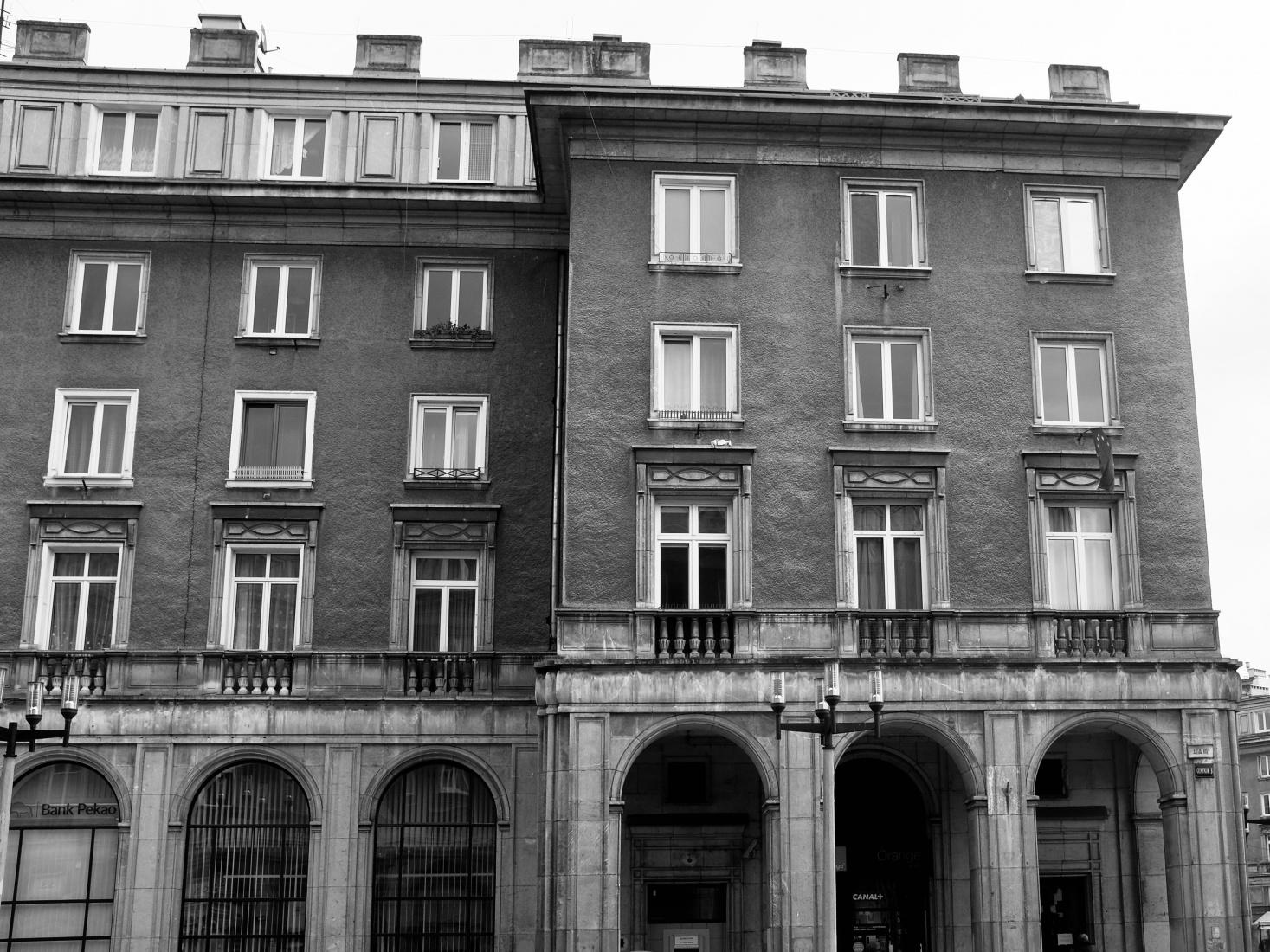
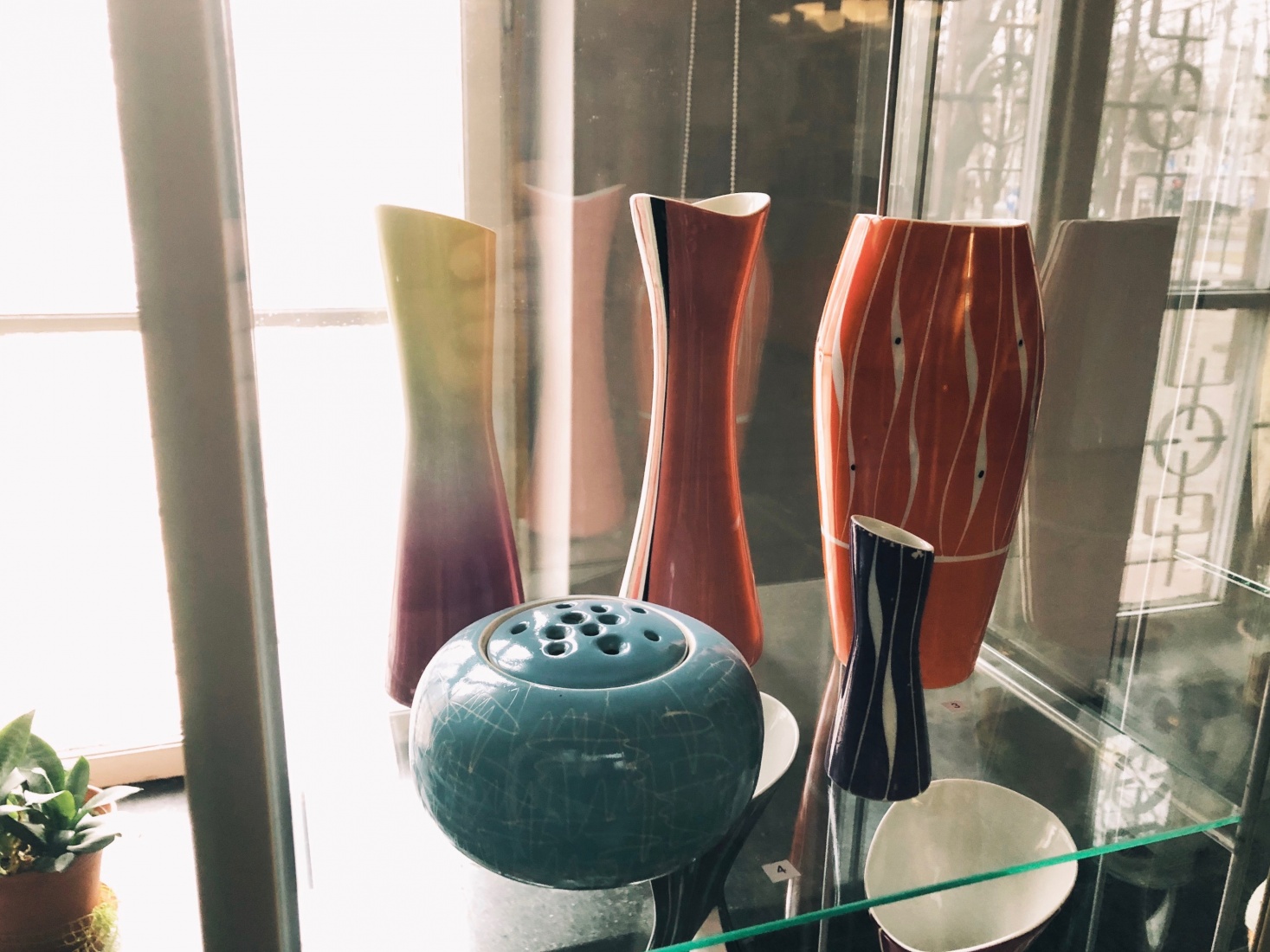
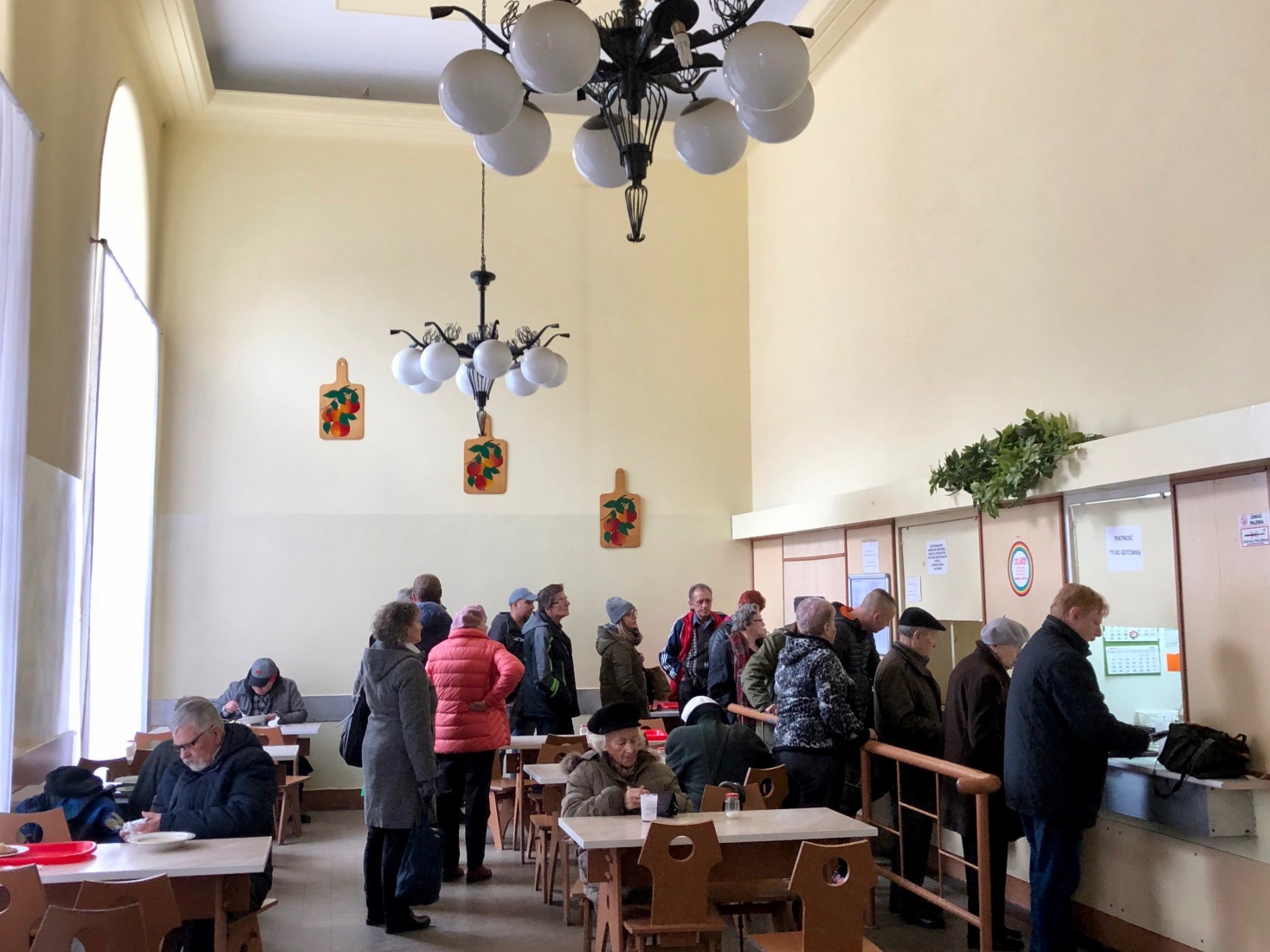
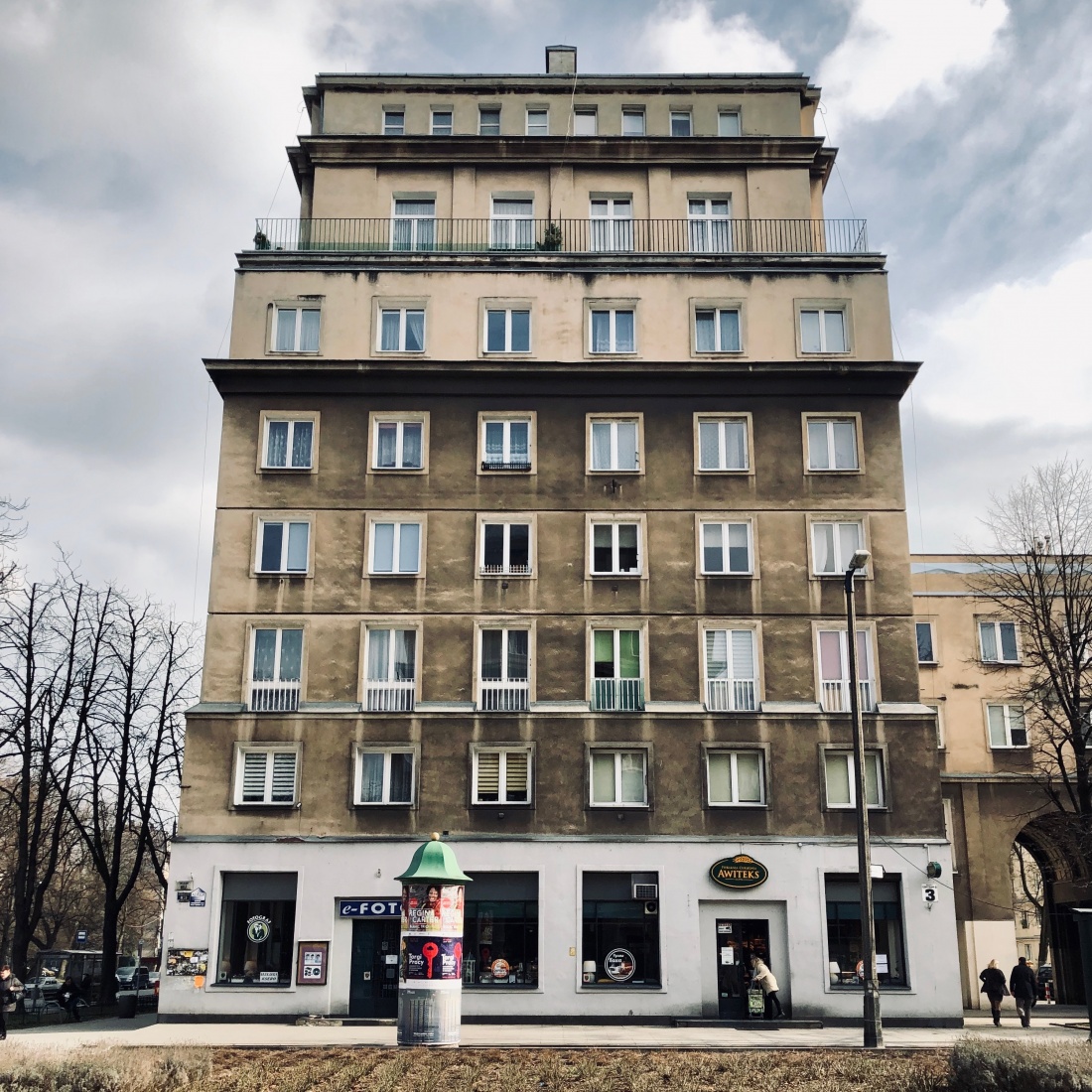
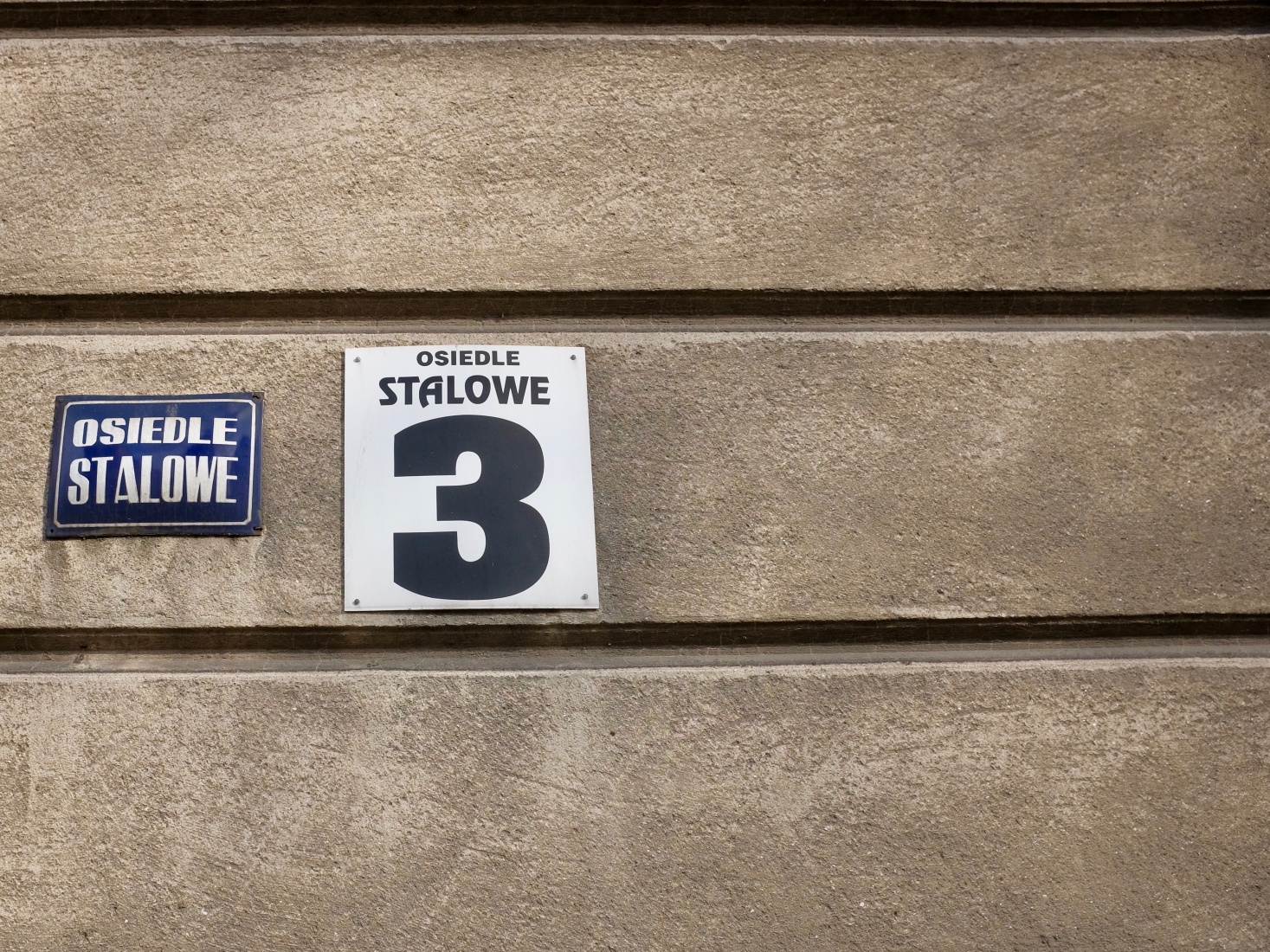
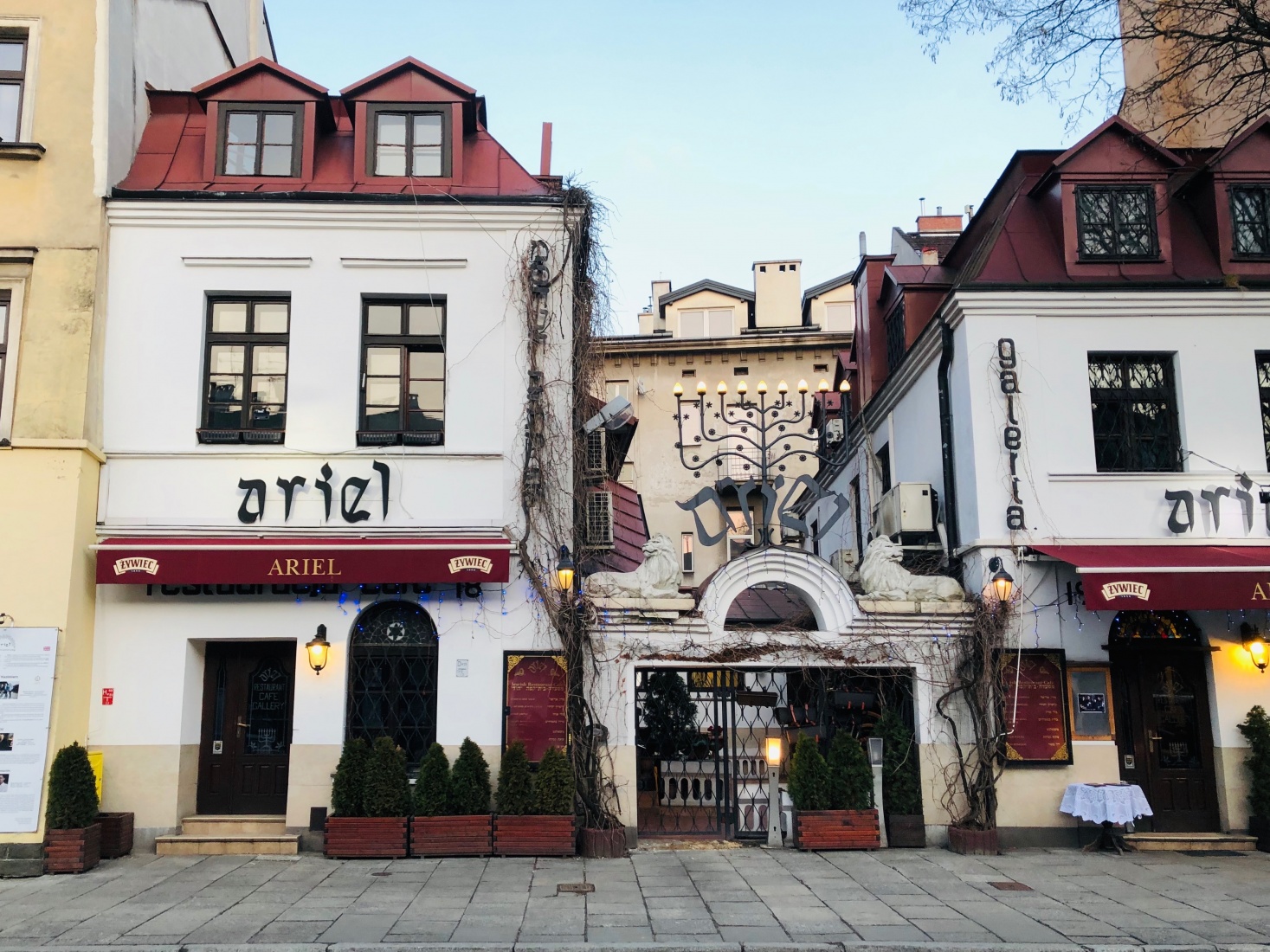
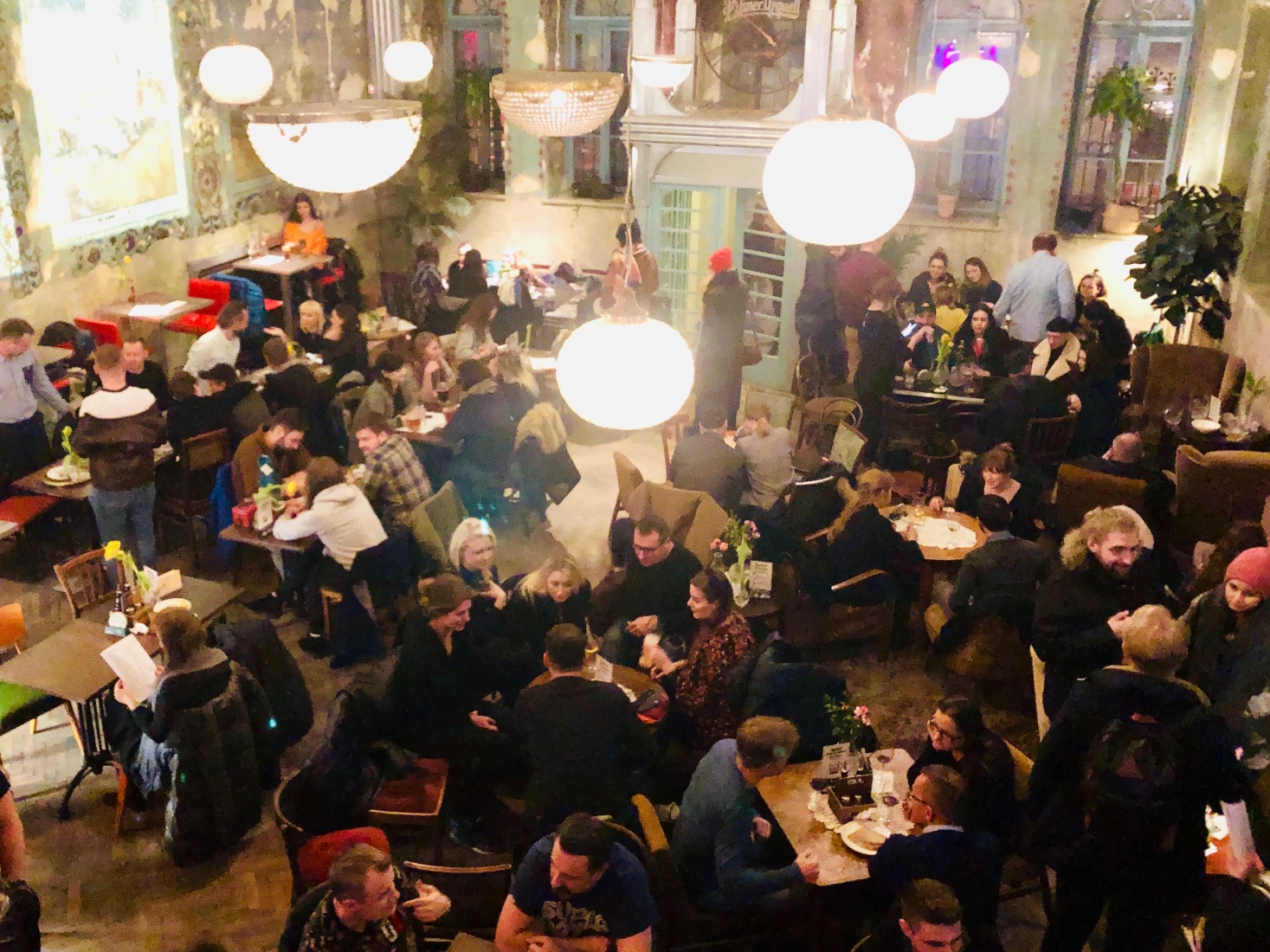
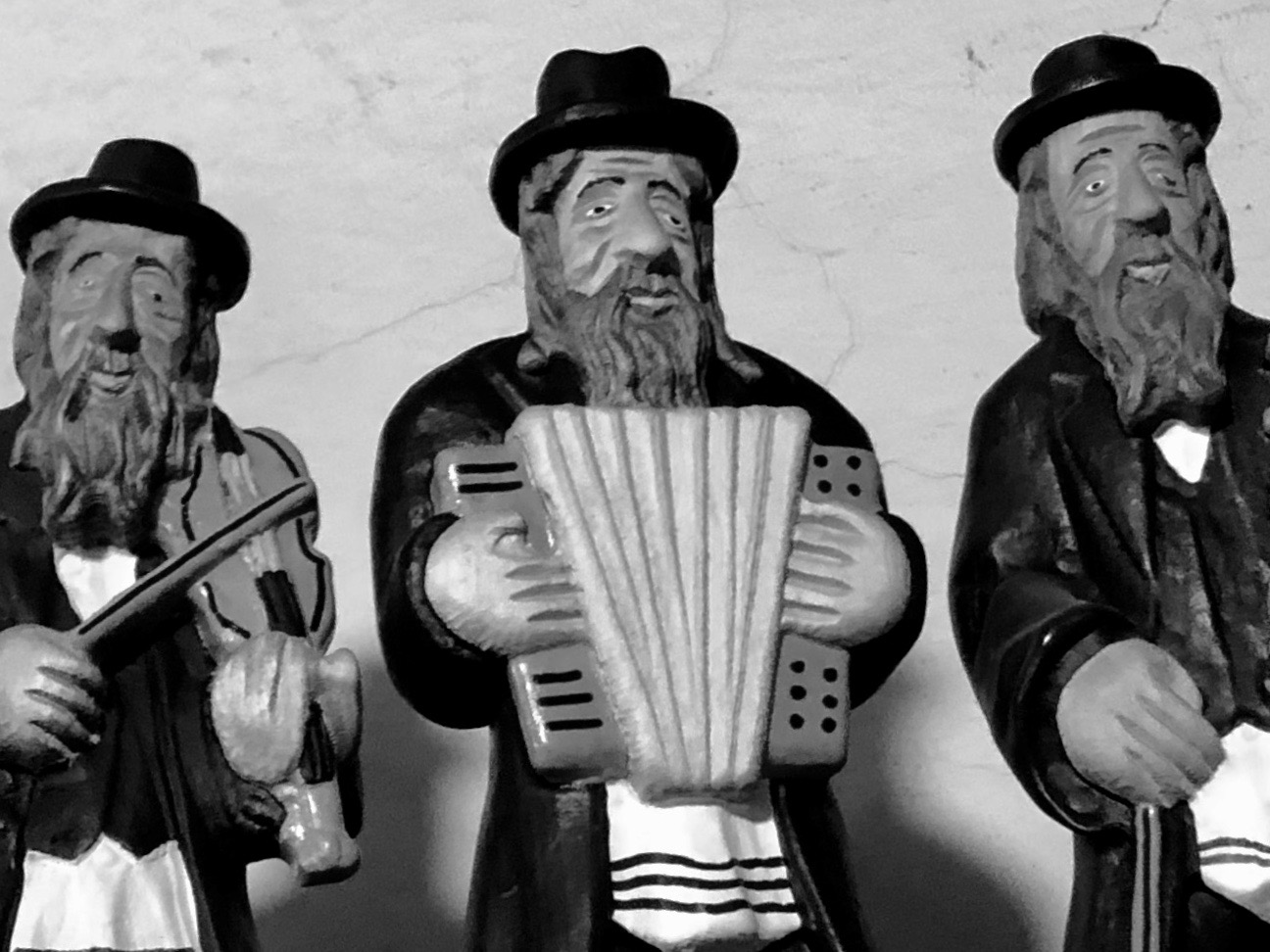
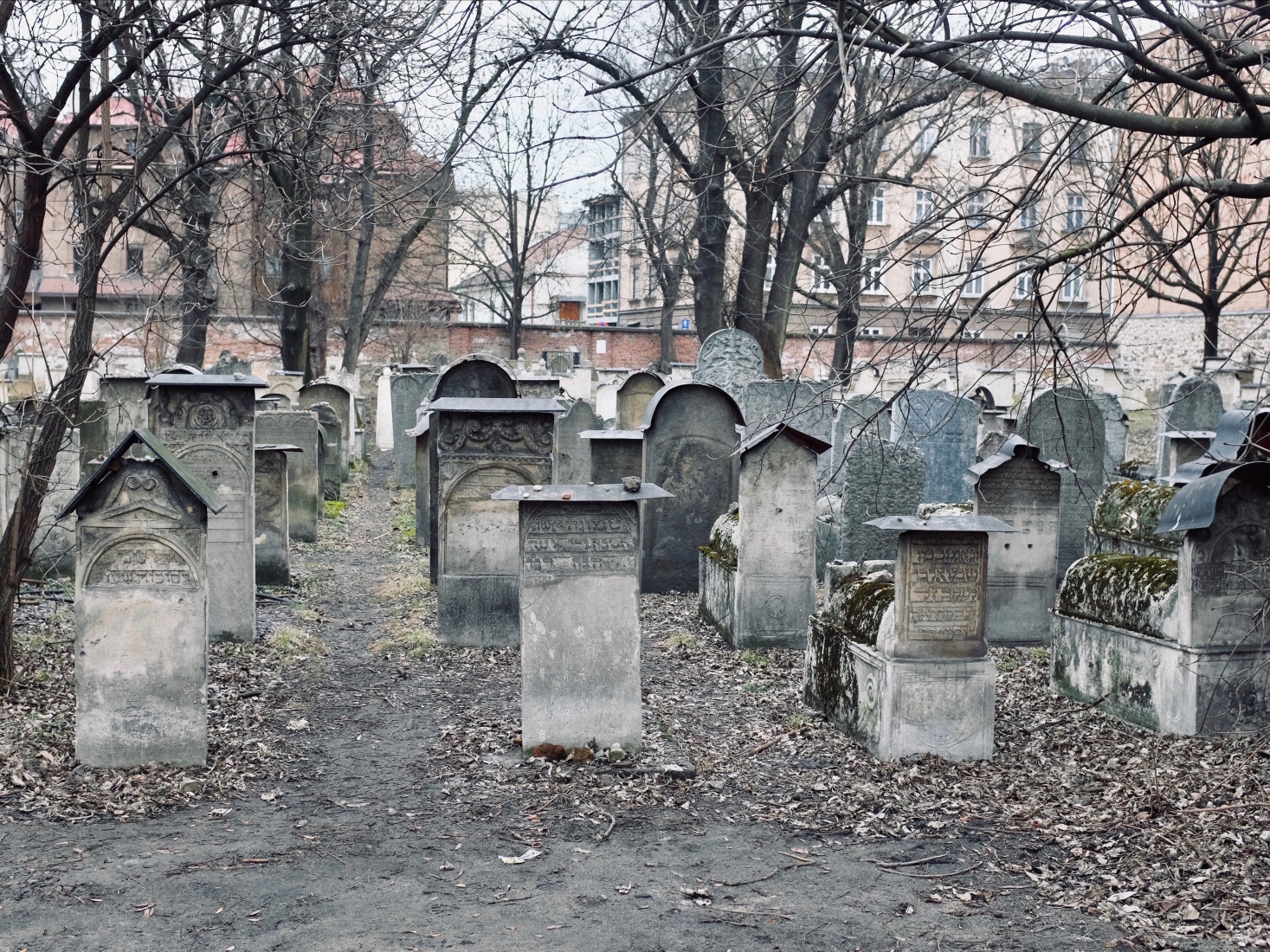
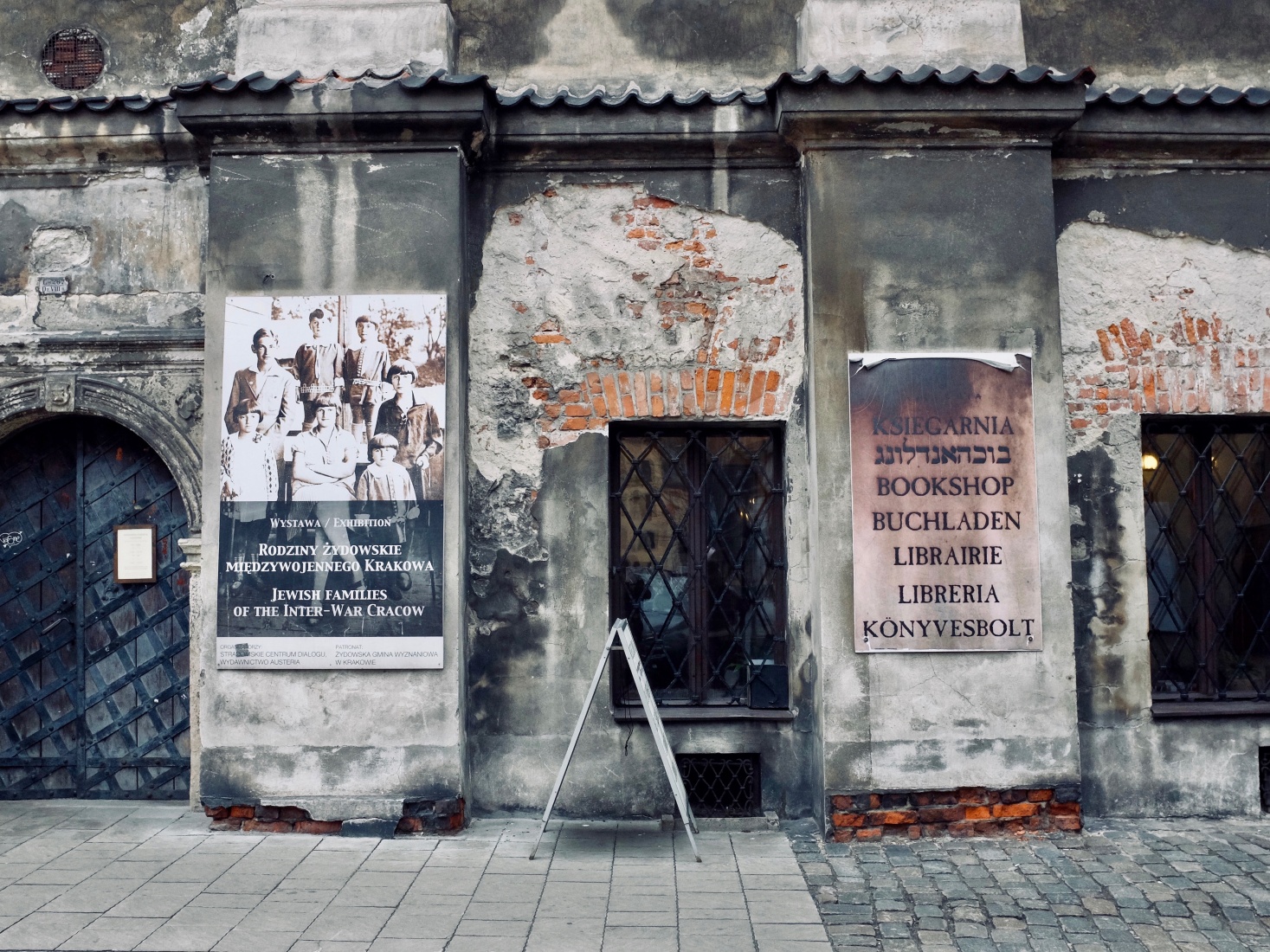
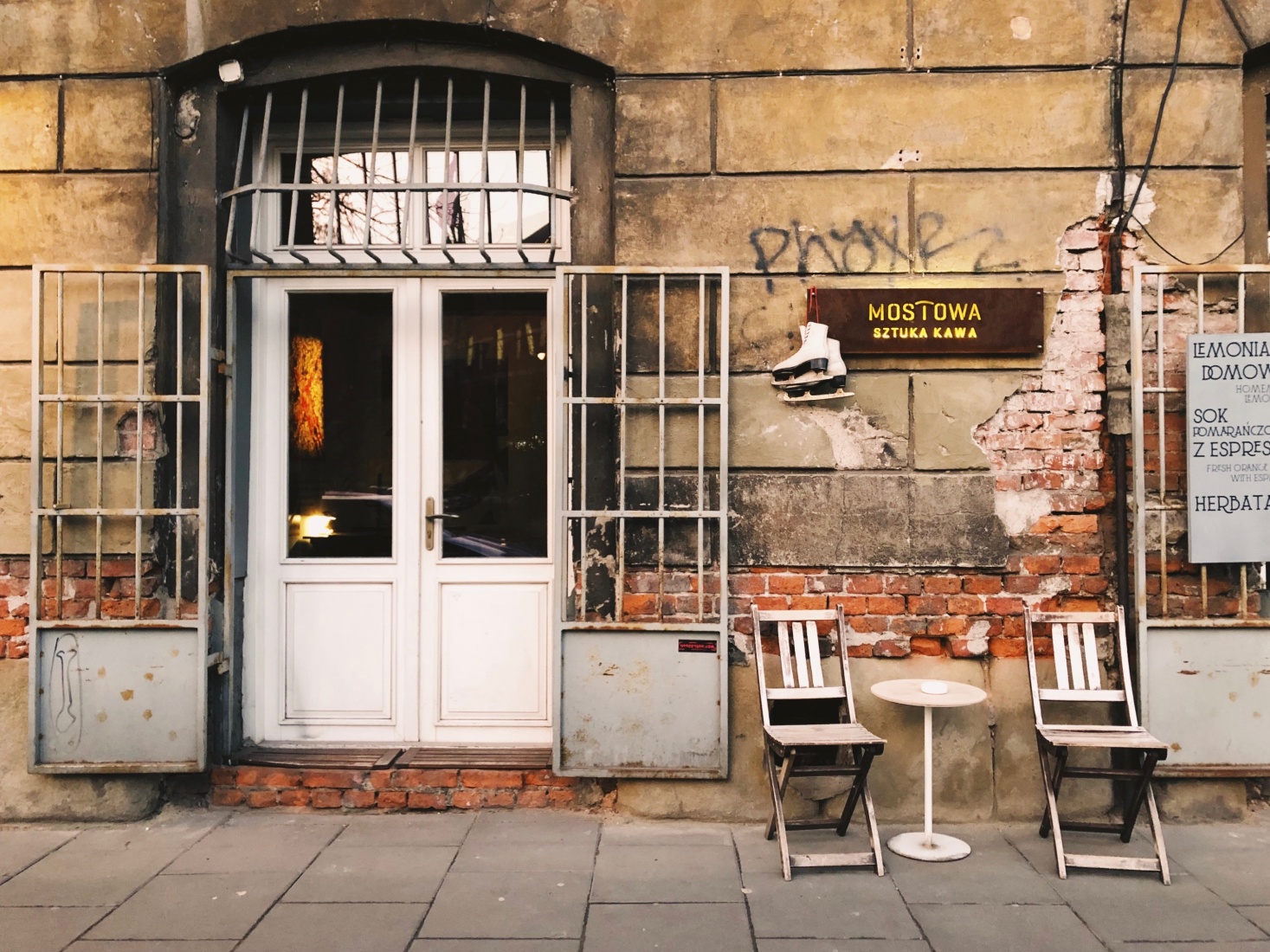
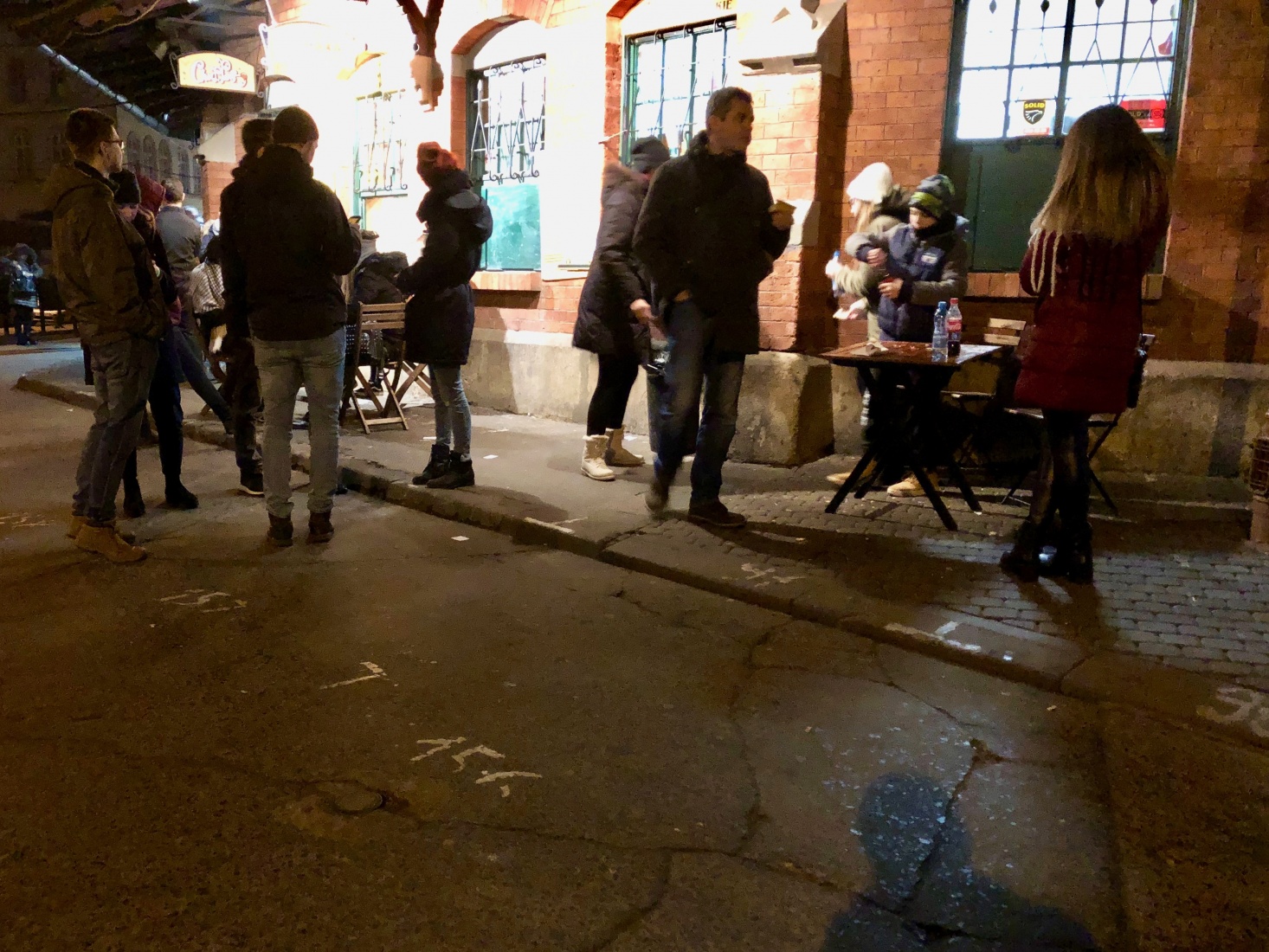
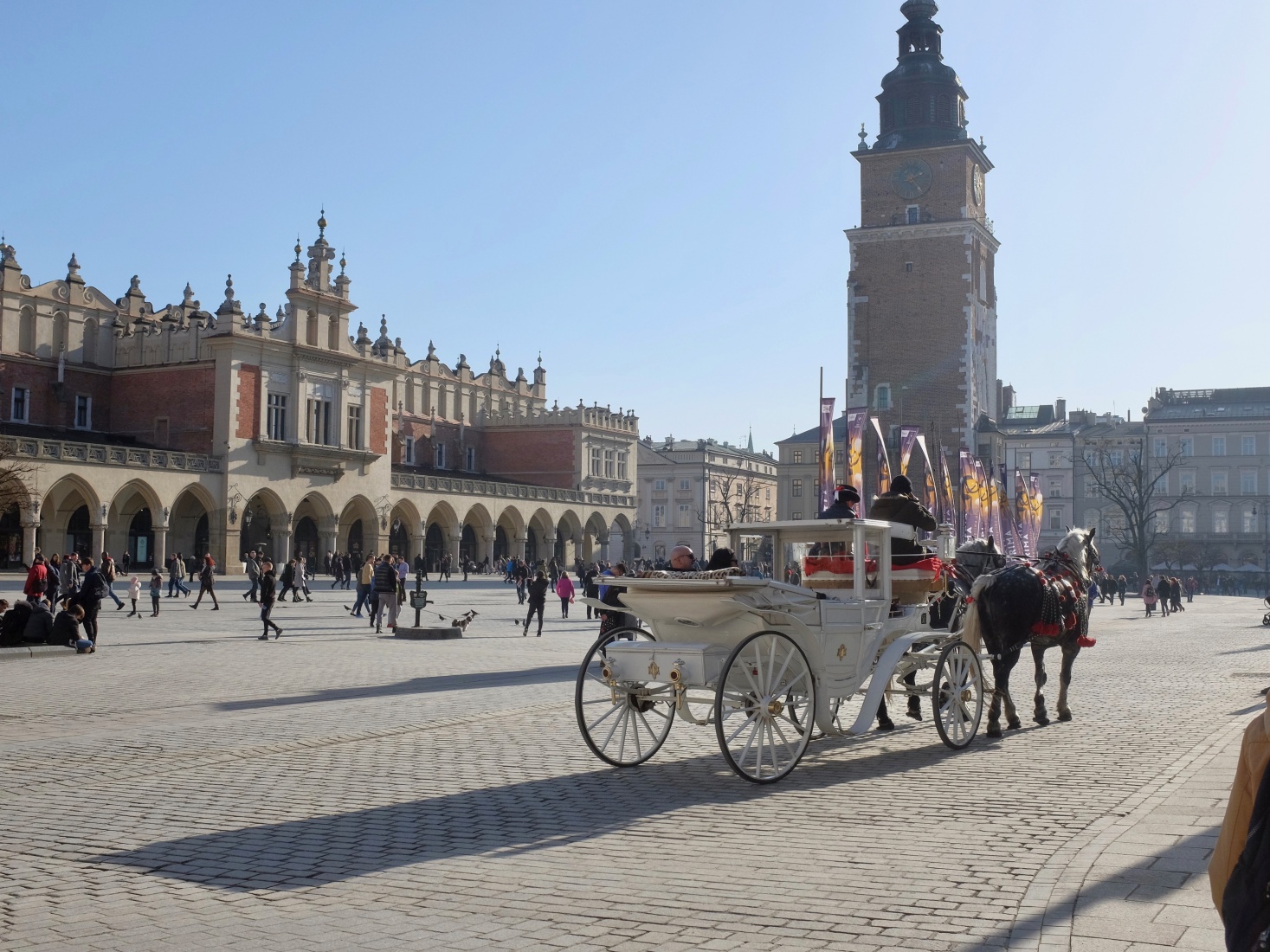

Fascinating reflections on lesser known aspects of Krakow. For my money Nowa Huta is by far the most interesting part of the area. Interesting thoughts too on the roller coaster ride which has been modern Polish history. Mark Baker is always worth reading.
I visited Krakow the first time in ’89 when I was part of a group of American exchange students based in Berlin. I recall getting off the train near Nowa Huta early in the morning in late October, 1989. The smell of the steel mill–my God. After that first day in Krakow, I felt like I’d smoked two packs of cigarettes because the air was so horrid. (Mind you, I smoked then…) Despite the horrid air, I loved Krakow. Even in ’89 when everything was changing by the moment, and no one knew if it would be easier to find certain things in the regular shops or the stalls in the square, it was grand. The mix of old and new intrigued me.
Flash forward about 17 years to 2006. I spent two days in Krakow with my dad because we agreed that we not only had to do the Cold War trip to Berlin, but we also had to go to Auschwitz/Birkenau in Poland. We stayed at the Hotel Polonia, which is the perfect mix of old and new. It took a me a moment to recognize the main square thanks to both the passage of time, and the fact everything looked so different. Shops and cafes had replaced state offices. We found the people there to be friendly, and they were so nice about my attempts to speak my few words of Polish. (I tried. I swear.) The food was excellent, and we spent a bit of a money at a few bars.
I think I need to return to Poland sooner rather than later.